The leaves and flowers of this plant have a slightly peppery flavor. The seeds are often pickled and taste a bit like capers. Leaves and flowers are used fresh in salads, butters, and honeys.
Nasturtium leaves, flowers and seeds all have antibiotic properties. These three parts of the plant are used together by herbalists to treat respiratory and urinary tract infections.
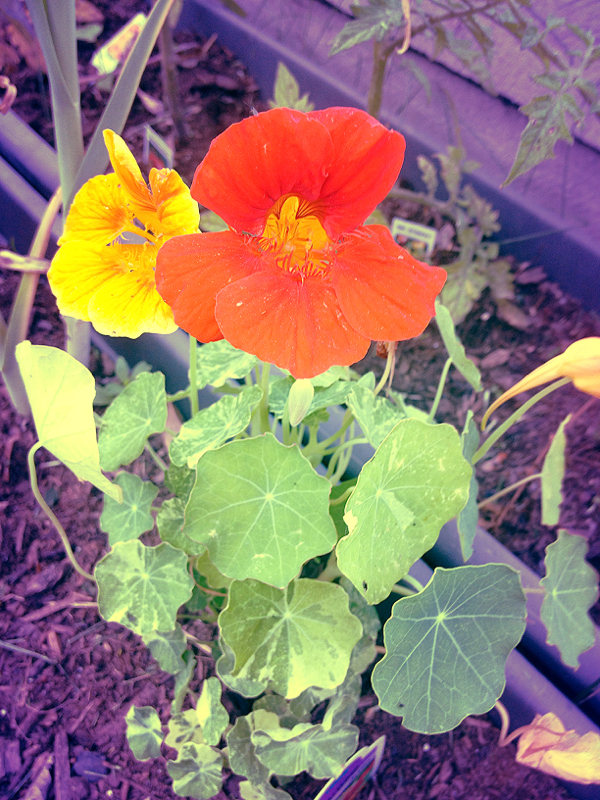


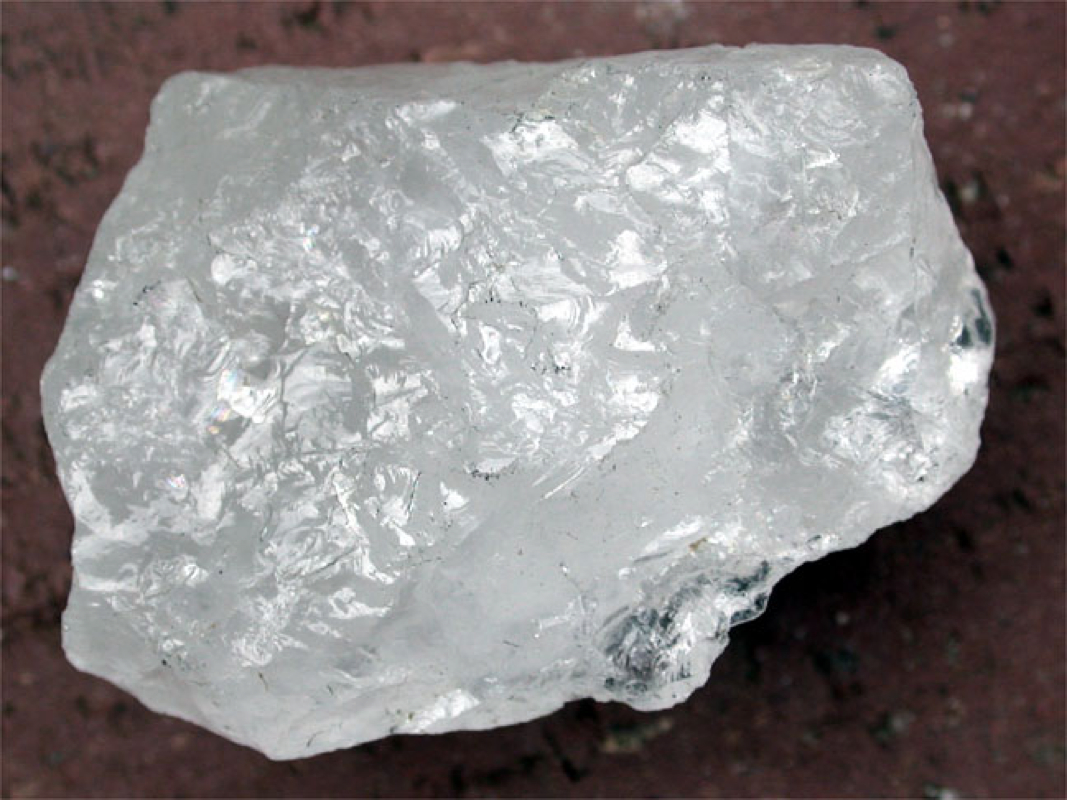
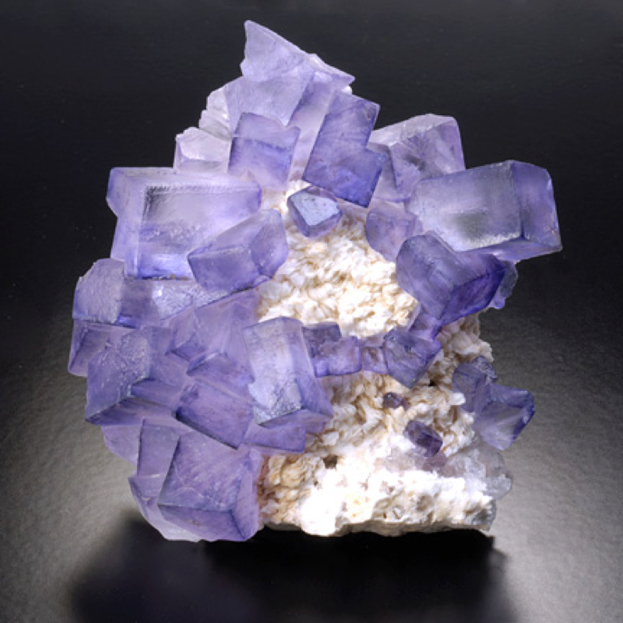
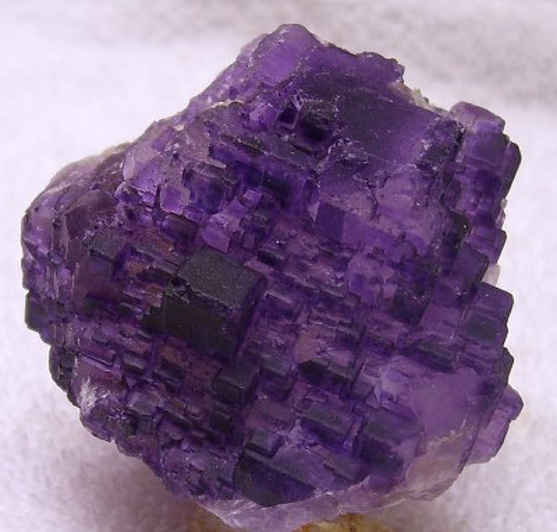
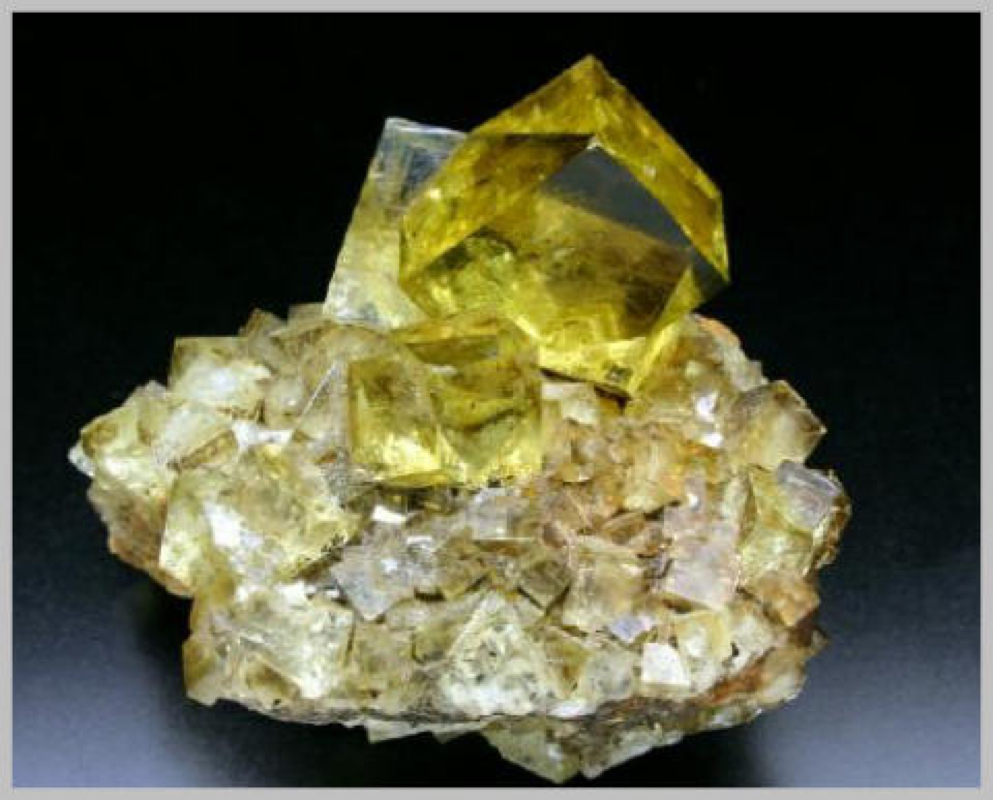
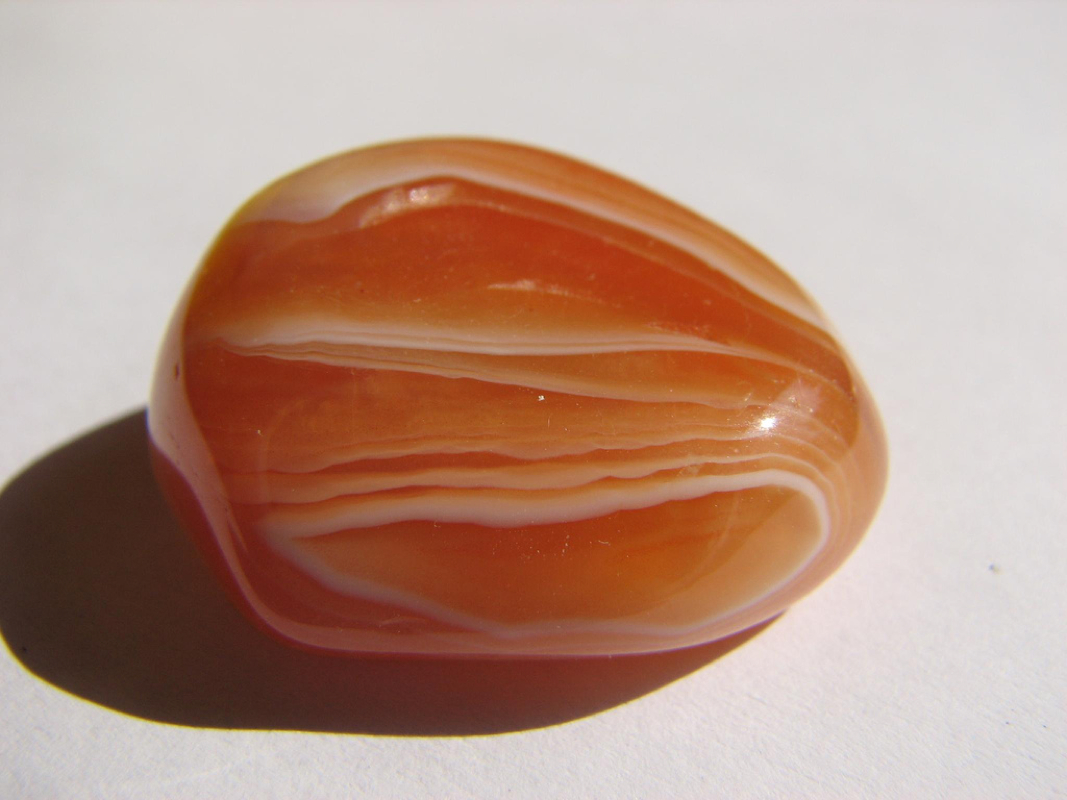
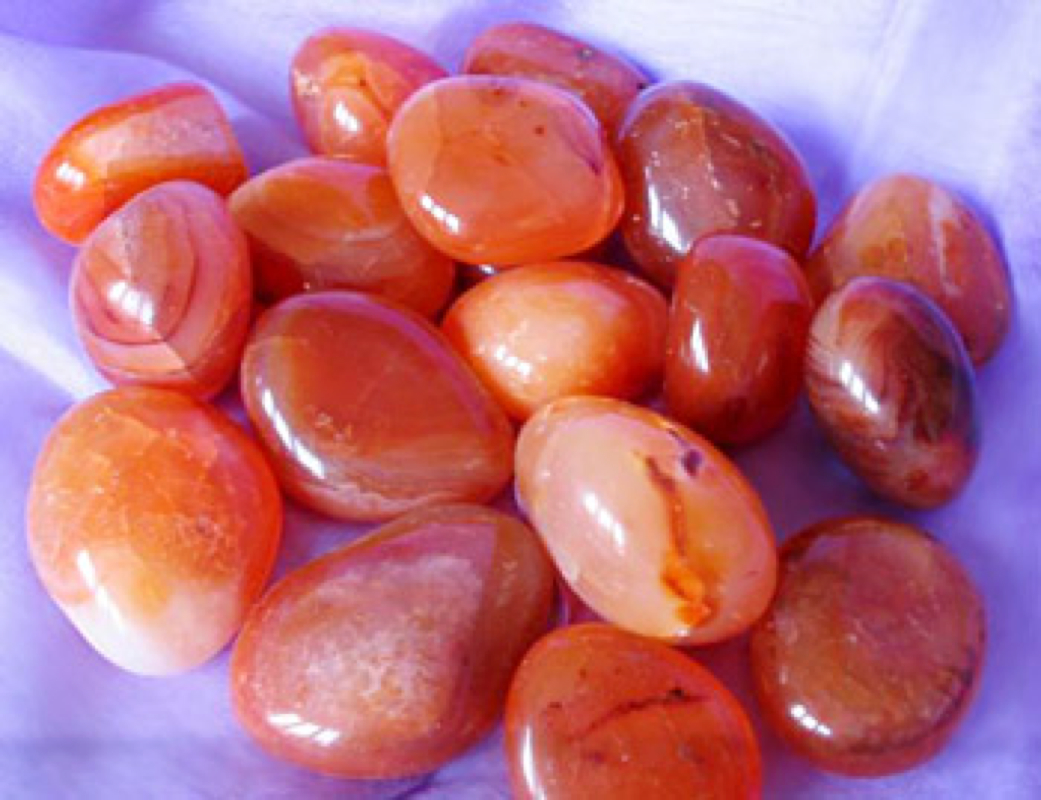
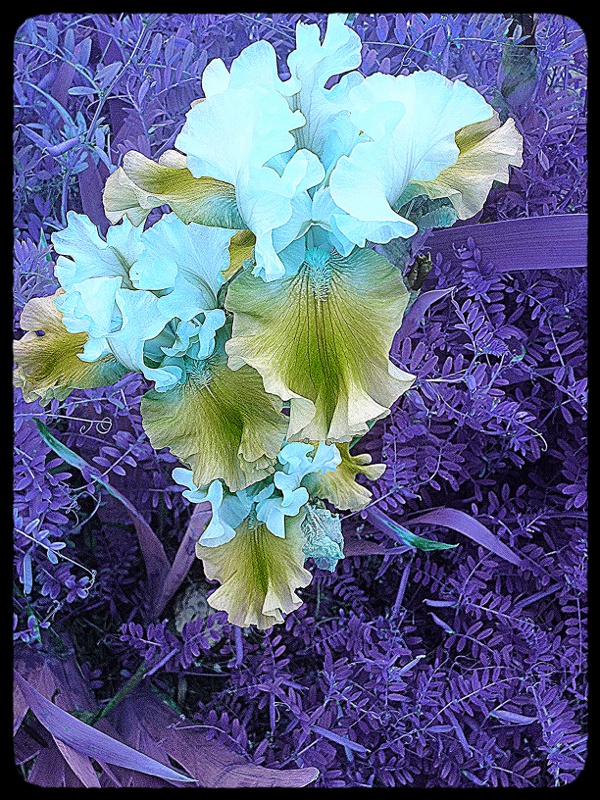
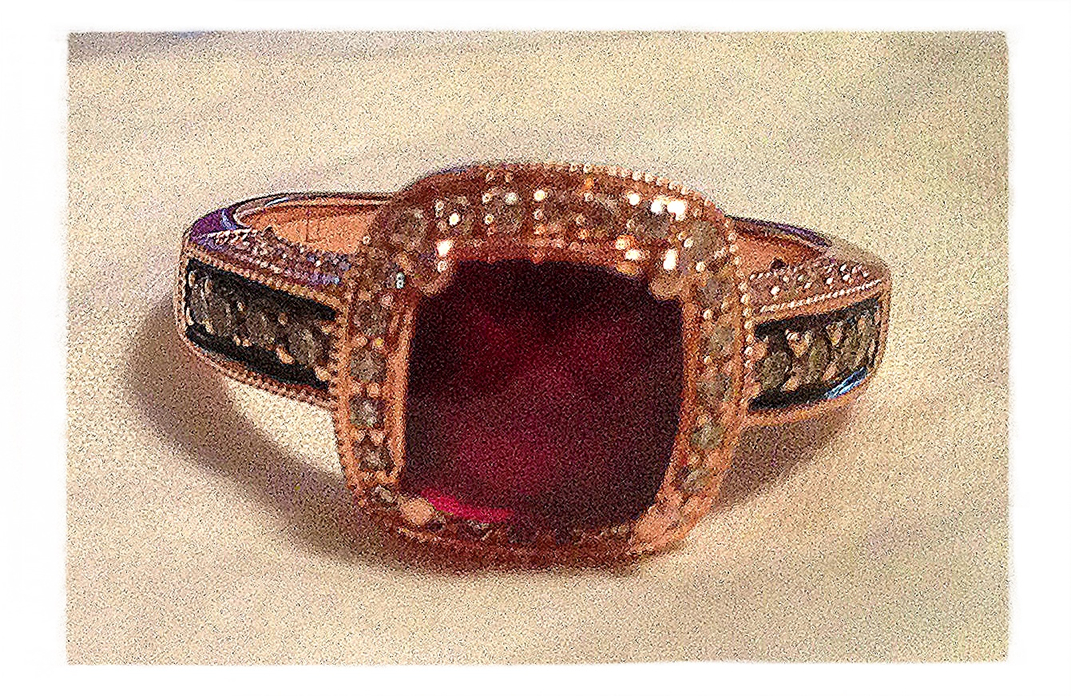
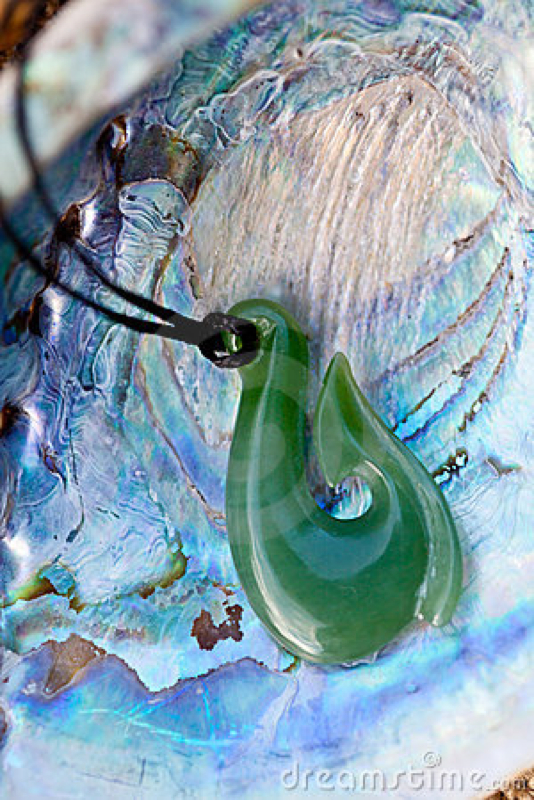
 RSS Feed
RSS Feed